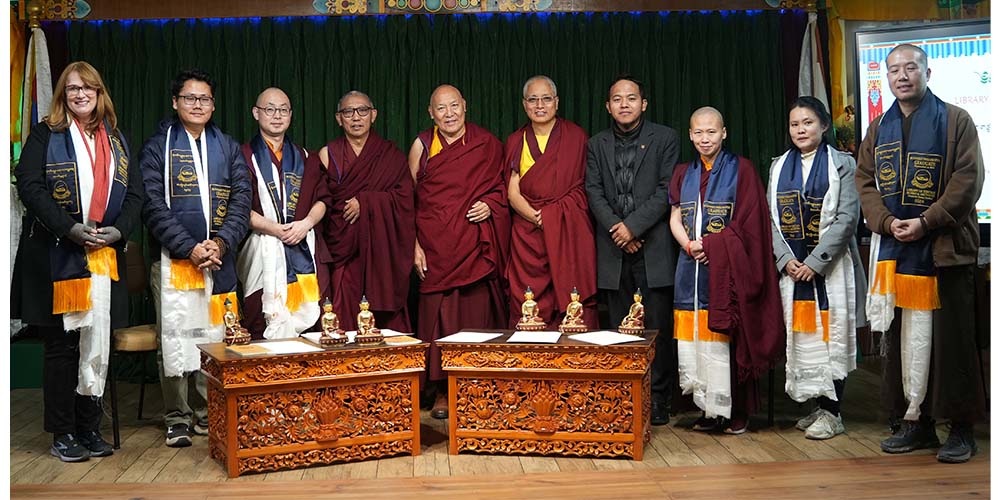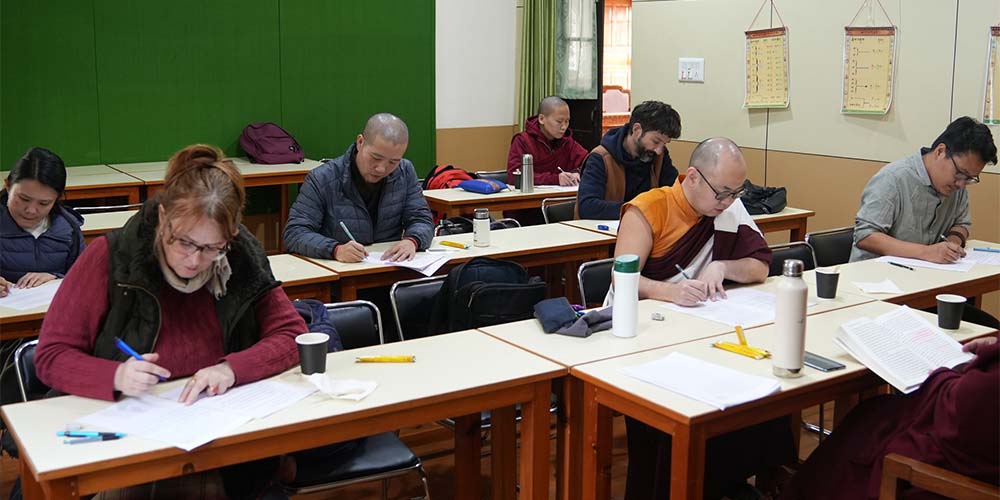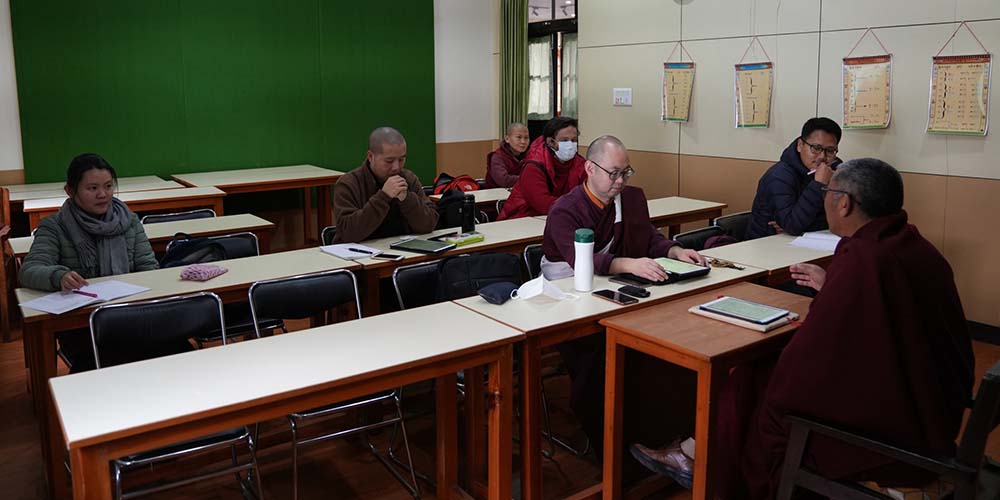INTRODUCTION
In the little hill resort of Dharamsala in Himachal Pradesh state of India, stands a large colourful building known as the Library of Tibetan Works and Archives (LTWA), popularly known as Tibetan Library. Designed with an architectural blend of modern and traditional Tibetan styles, it was conceived and founded by His Holiness the 14th Dalai Lama. The foundation-stone of the building was laid on 11 June 1970 and the library officially began to function on 1 November 1971.
It houses cultural remnant of a civilization on the verge of extinction due to ideological encroachment and exile. It was established with the aim of preserving and propagating the rich culture of Tibet to counter the massive destruction it had suffered after the Chinese invasion of Tibet in 1959 and the subsequent campaigns to eliminate Tibetan culture. The LTWA stands out as one of the finest examples of His Holiness the Dalai Lama’s efforts to preserve, expand and promote Tibetan cultural heritage.
Aims and Objectives
Tibetan civilization, uprooted since 1959, is striving to survive and preserve its unique characteristics amidst constant and conflicting changes. In an effort to slow the regression of this culture and community, steps were taken to establish a center within the Tibetan community that could serve as a reminder of and a reservoir for its rich past. With these primary objectives in mind, the LTWA was created to provide comprehensive Tibetan cultural resources and to promote an environment that encourages research and the exchange of knowledge between scholars and students. These efforts are of the utmost importance in a contemporary world shaped by political and spiritual confusion. In trying to fulfill its aims and objectives, the Library’s priorities include:
Acquiring and conserving Tibetan manuscripts, books, artifacts, and works of art
• Providing access to books, manuscripts, and reference works (in Tibetan as well as in foreign languages) in study areas within the premises
• Compiling bibliographies and documentation of the Library holdings and related literature available worldwide
• Providing copies and prints of the resources and acting as a reference centre for such source materials
• Publishing books and manuscripts under the LTWA imprint
• Supporting research scholars
• Offering Buddhist philosophy, Tibetan language, and culture classes
The LTWA is firmly dedicated to a threefold vision of preservation, protection, and promotion of Tibetan cultural heritage. To achieve these aims and objectives, the institution initiates and conducts multiple programs and activities, including regular Buddhist philosophy and Tibetan language courses; a two-month Tibetan culture and language workshop, and a three-month intensive translation program every year.
In 2016, the Library introduced a one-year diploma course, and a three-year degree course (equivalent to a BA) in Buddhist Philosophy and Tibetan Language, with the aim of providing opportunities for those wishing to pursue higher studies in Buddhism and the Tibetan language. Students who successfully complete the three-year degree course can continue their studies with a two-year degree course (MA equivalent) in the same field. The first batch of the three-year degree course (equivalent to BA) graduated in 2018, while the second batch of the same course graduated in 2022. The first two-year advanced degree course in གཙུག་ལག་རབ་འབྱམས་པ་ (equivalent to MA) in Buddhist Philosophy graduated in 2024.
 Library of Tibetan Works and Archives The Library of Tibetan Works and Archives is a Tibetan library in Dharamshala, India.
Library of Tibetan Works and Archives The Library of Tibetan Works and Archives is a Tibetan library in Dharamshala, India.


